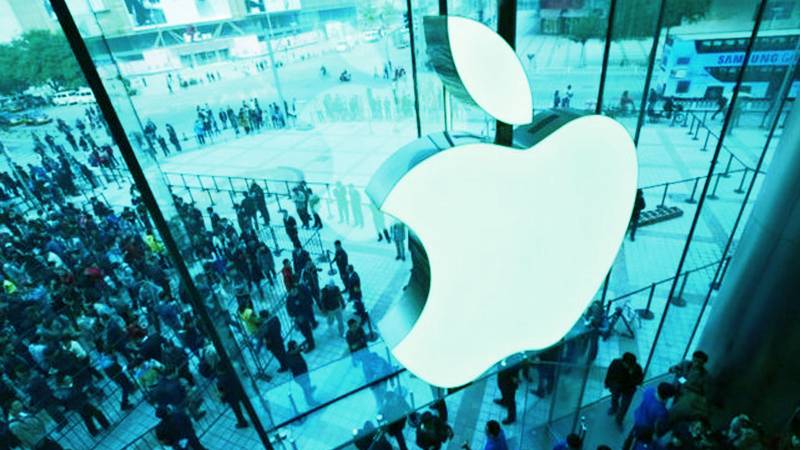
An iPhone security update is being released by Apple to prevent hackers from accessing your device.
The new feature, which adds more steps to access information, aims to deter thieves from accessing the massive amounts of personal data stored on iPhones by providing an additional layer of safety.
Currently, iPhone users can view extremely sensitive data and make significant changes to their phone's settings using just a passcode, which is a four- or six-digit number string that can be used for a variety of tasks like viewing credit card information, unlocking devices, and viewing all stored passwords.
Users are safeguarded even if a criminal manages to gain their passcode, thanks to the Stolen Device Protection function. Users using the new feature will now be required to enter biometric data via facial ID (facial scan) or touch ID (fingerprint) to access data or make changes, rather than relying on the conventional string of digits.
Users will be prompted for biometric data before reentering it to make changes for more sensitive actions, such as changing an Apple ID password, adding or removing face or fingerprint scanning, turning off Find My iPhone, or turning off the stolen device protection itself. Users will have to wait through an hour-long security delay after providing biometric data.
An Apple representative told CNN in a statement, "We work tirelessly to develop powerful new protections for our users and their data as threats to user devices continue to evolve." "Stolen Device Protection provides a clever additional degree of security in the rare circumstances where a burglar may see the user input the passcode and then take the device.”
The additional security measures only take effect while the user is not at their home or place of employment. The gadget automatically discovers and stores these places.
All iPhone owners will have the option to enable the function, which is presently restricted to beta testers, in a future software update.
